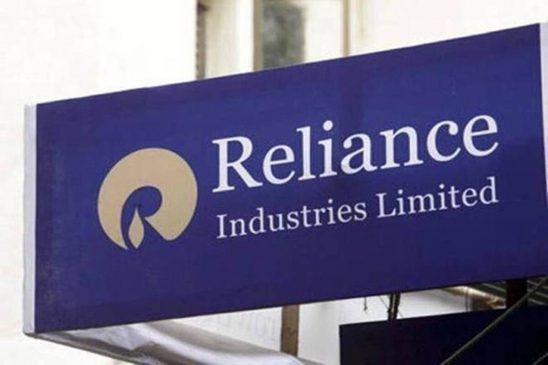This is happening for the first time as Reliance Industries Limited (RIL) has mentioned its plans to maintain Net debt/EBITDA below 1, despite the upcoming investments.
Read More:– EPF vs VPF: What is Voluntary Provident Fund? Know benefits and when you should begin VPF contribution
The last two years of internal cash profits have funded the last two years of $30 billion in investments (ex-spectrum), as per an IANS report quoting Morgan Stanley.
Management highlighted the weaker Re/USD and working capital led to higher net debt, the report said.
Net debt was flat QoQ to $13 billion with the capex run rate increasing to $5.4 billion for the Mar-23 quarter.
Oil to chemicals saw good improvement in demand, especially on polyester, and retail saw increased footfall with the company guiding for strength in categories of grocery (up 66 per cent YoY) and fashion.
RIL invested $17 billion in capex — similar to last capex cycle peak. Foreign ownership in Mar-23 was near a 7-year low at 24 per cent, the report said.
Read More:– Higher EPS: EPFO releases details on how to apply for higher pension
Profit beat of 18 per cent was also driven by lower tax rate and net debt was flat QoQ.
RIL’s F4Q23 EBITDA grew 9 per cent QoQ (23 per cent YoY) and core profits rose 20 per cent QoQ /YoY. Overall earnings were 7 per cent above consensus estimates adjusting for the lower tax rate, which normalised due to a higher tax rate in the earlier part of F23.
Energy drove the F4Q23 EBITDA beat 5 per cent above consensus as chemical margins recovered, gas costs declined and refining margins bounced back. Store expansion was key to growth in retail and EBITDA was in-line.
Read More:– ITR filing: TDS deduction on interest income and how to avoid it – All you need to know
Full year tax rate stood at 21.3 per cent, slightly higher as tax credits reduced, Morgan Stanley said.
E-commerce sustained at 18 per cent of total sales. Upstream gas profitability remained stable and saw support from elevated domestic gas prices, as per IANS report.





































